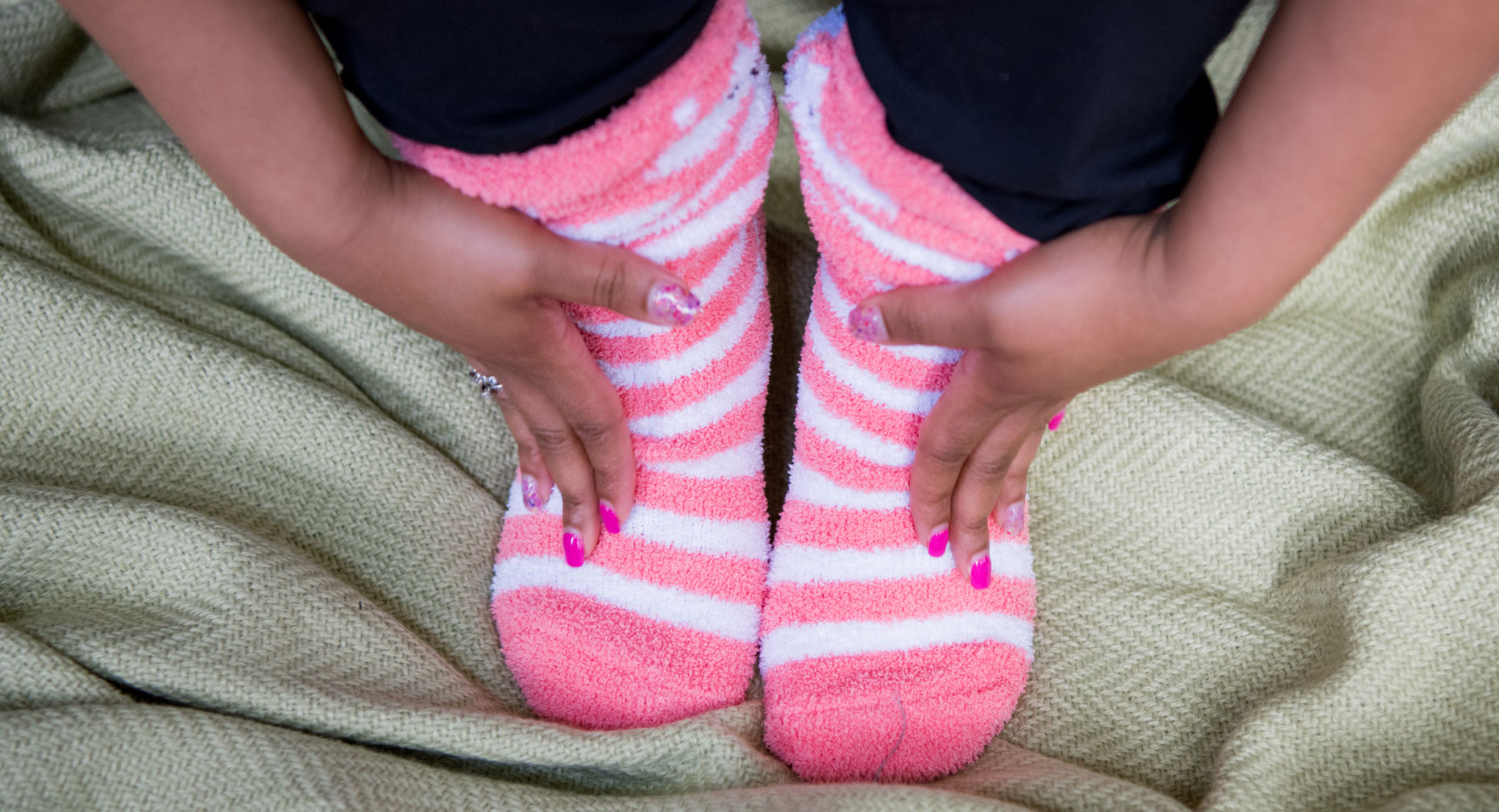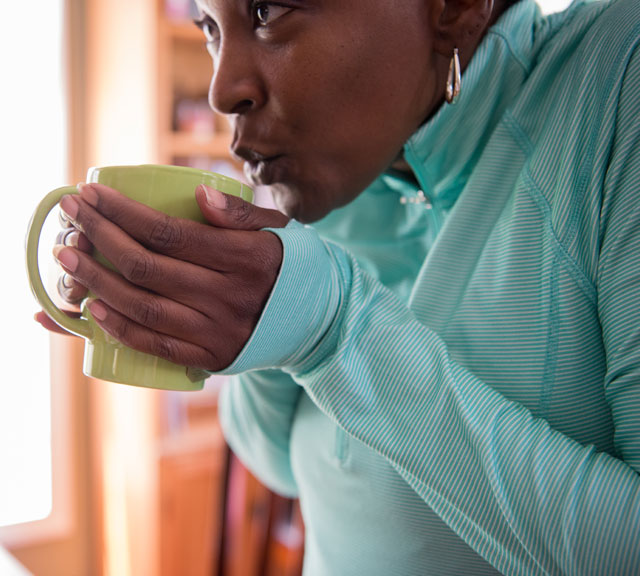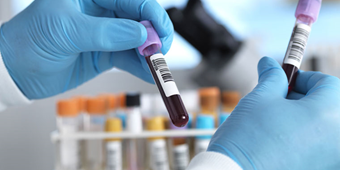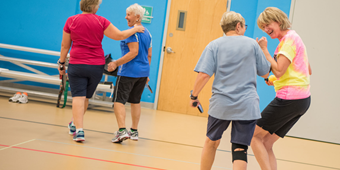Are You at Risk for Raynaud’s?

Find Your Perfect Match
Answer a few questions and we'll provide you with a list of primary care providers that best fit your needs.
If your fingers and toes seem to get cold for no reason, you may have Raynaud’s phenomenon — a disorder that cuts down on blood flow. For most people, it’s more of a nuisance than a serious problem. Learn the signs of this condition and how to avoid triggering an attack.
What Causes Raynaud’s?
The exact cause of Raynaud’s phenomenon remains a mystery. Experts speculate that some blood disorders may cause Raynaud’s by increasing blood thickness. Or you may be more sensitive to certain factors that cause your blood vessels to narrow.
There are two types of this condition. Primary Raynaud’s occurs on its own and can be so mild that you’ll never need to seek treatment. Secondary Raynaud’s is more serious and is linked with other diseases that reduce blood flow to fingers and toes.
Who’s at Risk for Raynaud’s?
Anybody can get Raynaud’s, but it’s most common in women and people who live in cold places. The condition is called “primary” when it’s not linked to another disorder, and occurs most often in women under the age of 30.
Secondary Raynaud’s phenomenon is tied to other conditions and typically occurs in people older than 30. Common causes of this type are:
- Diseases of the arteries like (when plaque builds up inside your artery)
- Arthritis and autoimmune conditions such as lupus
- Medications that cause narrowing of the arteries, including some cancer drugs or migraine headache medicines
- Repetitive actions like typing or playing the piano
- Cigarette smoking
- Frostbite
What Are the Symptoms?
It’s normal for your body to save heat when it’s cold by slowing the blood supply to the skin. It does this by making blood vessels narrower. If you have Raynaud’s, your body’s reaction to cold or stress is stronger than normal. This means your blood vessels get narrow faster and become tighter than normal. When this happens, it is referred to as an “attack.”
Common symptoms during an attack include:
- Fingers, toes, ears or nose that turn pale or white, then blue (if you’re cold or stressed), then become red after you warm yourself
- Hands that become swollen and painful when warmed
- Sores on your finger pads
Anybody can get Raynaud’s, but it’s most common in women and people who live in cold places.
How Is It Diagnosed?

If you have Raynaud’s, your health care provider may be able to make a diagnosis fairly easily. What’s more challenging is figuring out if it’s a primary or secondary form of the condition. To start, your doctor will get your medical history and give you a physical exam. Tests may also be part of the process, and can include:
- A “cold challenge” test that exposes your hands to cold to see if they change color
- Blood tests to look for conditions that may cause it
- An exam of the blood vessels in your fingertips using a microscope
- A vascular ultrasound that examines the circulation of your blood vessels
What About Treatment?
Although there is no cure for Raynaud’s, it can be managed. Treatment depends on your symptoms, age and general health, and may include:
- Avoiding exposure to cold
- Keeping warm by bundling up — you may even want to wear mittens when you handle ice or frozen food
- Quitting smoking
- Avoiding caffeine
- Avoiding trauma or vibrations to the hand
- Taking medicines to relax the walls of the blood vessels
Always talk with your doctor about the risks, benefits and side effects of any medication.
Find Your Perfect Match
Answer a few questions and we'll provide you with a list of primary care providers that best fit your needs.
Source: MedlinePlus; NIH; National Heart, Lung and Blood Institute




